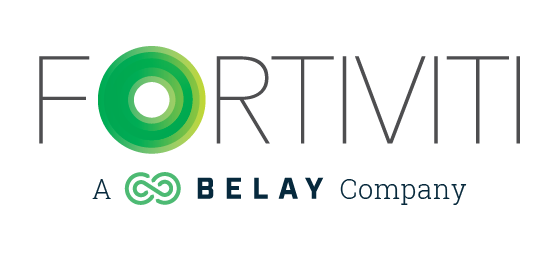
Managing cash flow can be the difference between your business success or failure. You can’t open a book on entrepreneurship without the mention of cash flow. But, what is cash flow? Cash flow is a measure of the amount of cash coming in and going out in a business. Positive cash flow results from more cash coming in than going out. Negative cash flow means cash is going out at a faster pace than it is coming in. Some businesses expect to run at a negative cash flow – possibly at a certain stage in the business (start-up) or at a particular point during the year (seasonal business). Others require positive cash flow to keep investors and bankers happy.
Negative or positive, lots of cash or very little, regardless of the situation, cash flow must be managed. So, how do you manage cash flow? We use a 12-week cash flow forecast model to help manage cash flow (to request a template, click here!). You could forecast out 4 to 8 weeks as well. Regardless of how far out you’re forecasting or the format you’re using, follow these steps to get a better handle on your cash flow and highlight problem areas before they become a problem!
Step 1: Review cash outflow/expenses from the last 3 months.
-
- Determine the average spend for various categories (such as rent, utilities, payroll, credit card payment, etc.). Take note of when significant expenses come out.
- For Example: Rent is due on the first, electric comes out automatically on the 18th, payroll is every other week, etc.
TIP: To track cash outflow for miscellaneous monthly operating expenses, such as business meals or office supplies, use a credit card or separate banking account. At the beginning of each month pay your credit card off or transfer a determined amount money to the separate account.
Step 2: Review payment terms.
Take note of when revenue will typically come in after each billing cycle.
While reviewing payment terms, ask yourself:
-
- What are your payment terms with each client?
- TIP: You may be able to use line item for revenue if you automatically charge clients at various points during a month. However, if you invoice clients and then wait for payment, you will need to track the inflow of client payments based on each client’s payment trends.
- Do all clients pay within their terms, or are they typically behind?
- TIP: If your largest client always pays 38 days after they are invoiced, then don’t include them in your net 30-pay payments, because you won’t have the money until day 38
- When do you automatically charge client credit cards each month?
- TIP: If possible, try to align your credit card payment process with your expenses (ie – charge client credit cards at the first of each month and then budget monthly expenses from this amount).
- What are your payment terms with each client?
Step 3: Schedule inflows and outflows.
-
- Start with your beginning cash available.
- Review expenses and revenue streams.
- Schedule the inflows and outflows on a weekly basis for the weeks you’re forecasting (4, 8, or 12 weeks out).
TIP: Tight on cash? If there are vendors you can stretch, schedule their payments out an extra week. To get cash coming in the door more quickly, update client billing schedules to a semi-monthly billing schedule instead of monthly.
Step 4: Update cash flow schedule.
Each week, review invoicing that went out, and any new expenses that have been incurred (not previously included in your schedule). Update your cash flow forecast schedule with new figures.
-
- Review outgoing invoices and any new expenses that have been incurred (not previously included in your schedule)
- Update cash flow forecast schedule.
Tip: Delayed invoicing is one of the primary causes of cash flow issues! Always make sure invoicing is always going out ON TIME! Don’t get so busy with other things that you don’t get projects invoiced or client payments processed.
Step 5: Review for trends.
Review cash flow each week. It is important to look ahead (at least 4-8 weeks) to be prepared and make adjustments as needed.
TIP: Stay ahead of issues. If you really need to make sure a payment comes in on time to cover payroll, follow up on AR as soon as it is late, or even ahead of time. If things are going to be tight at the end of the month, push large expenses back.
Managing cash is one of the key drivers to your business success. It’s important not only to review the cash flow statement (cash inflows and outflows that have already occurred), but to forecast your cash so you know where you’re headed.
Written by: Shauna Huntington
